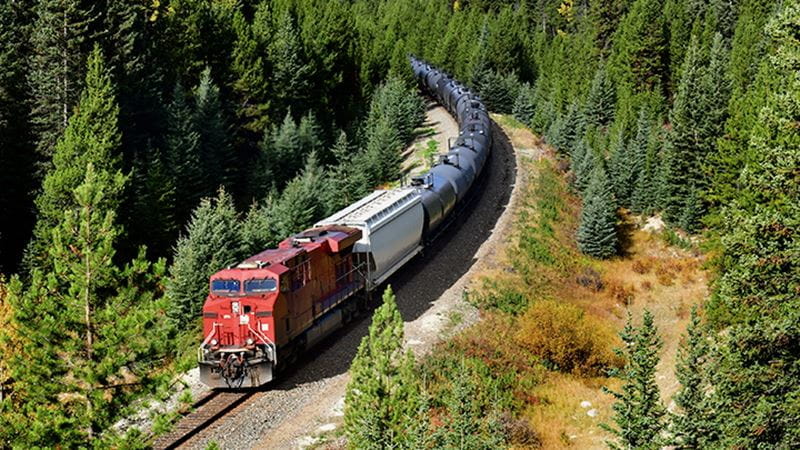Perfect chemistry

From the fertilizers that help grow our food to the beds we lie on, from the shoes on our feet to the cars that we drive, chemicals are the basic building blocks of our everyday lives.
To give some perspective, the un Environment Programme’s Global Chemicals Outlook II estimated that the global chemical industry was worth more than USD 5 trillion in 2017, with that figure set to double by 2030.
With end users of chemicals spread across five continents, the safe transport of huge volumes of materials to production plants by rail, road, sea or air is by itself a massive industry. In the us alone, the American Chemistry Council says that some 970 million tons of chemicals were shipped around the country in 2018.
Regardless of the type of chemical, producers and consumers need safe, efficient and cost-effective methods of transportation. The solution at the heart of any chemical transport system is a tank into which the substances are pumped prior to them being sent to their destination. The pumps, valves and seals that are involved in the filling and emptying of the tanks at the starting and end points of the journey, are crucial to ensure that chemicals do not leak into the environment. Seals have to perform well for a long time, regardless of how destructive chemicals may be.
With its extensive knowledge of sealing technology, Trelleborg Sealing Solutions has been able to make great strides in its development of chemical sealing solutions, particularly for transportation applications.
As Thijs Menzel, Chemical Transport Segment Director at Trelleborg Sealing Solutions, explains, “To make transportation as effective and economical as possible for the carrier, the ideal is that the same pump and valves can be used in the tank, whatever chemical is being transported.”
Menzel adds that seals need to last a long time to minimize downtime, maintenance and pump replacement. There are also the adverse environmental consequences to consider if a seal or seals fail.
“Sealing materials in the pump and valve must be resistant to the maximum number of chemicals that could potentially be transported in the tanks,” says Menzel. Then you have to factor in the range of environmental conditions to which the tanks may be exposed — from freezing ice fields to desert heat. It’s enormously difficult to develop a universal sealing solution that can function to both these extremes.
However, Trelleborg has a solution. Its materials for chemical seals are based on a compound called Perfluoroelastomer, which combines good sealing properties with resistance to the harshest of chemicals.
In fact, Trelleborg had already developed two compounds for use in other industry segments and believed that these would be suitable for use in chemical transportation.
Trelleborg tested these compounds rigorously and both materials performed well, particularly in comparison to competing seal materials. The company has now made these compounds available for a range of seals that can meet the diverse needs of the chemical transportation industry, whether it’s for trucks weaving their way through urban traffic or trains travelling through remote mountain passes.
For more information, please go to:
This is an article has been reproduced from Trelleborg's T-Time magazine. To download the latest edition, go to: www.trelleborg.com/t-time